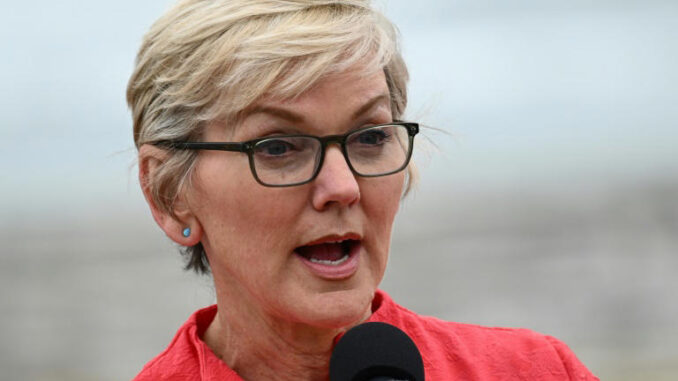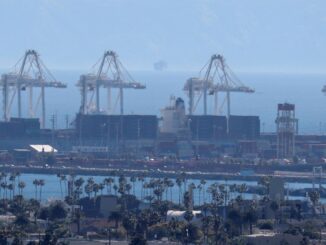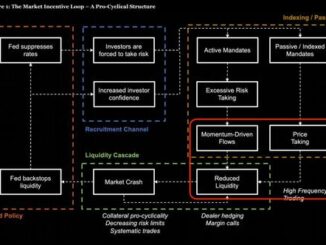
The US government said Friday it will spend up to $1.2 billion for two pioneering facilities to vacuum carbon out of the air, a historic gamble on a still developing technology to combat global warming that is criticized by some experts.
The two projects — in Texas and Louisiana — each aim to eliminate one million tons of carbon dioxide per year, equivalent in total to the annual emissions of 445,000 gas-powered cars.
It is “the world’s largest investment in engineered carbon removal in history,” the Energy Department said in a statement.
“Cutting back on our carbon emissions alone won’t reverse the growing impacts of climate change,” Energy Secretary Jennifer Granholm said in the statement. “We also need to remove the CO2 that we’ve already put in the atmosphere.”
Direct Air Capture (DAC) techniques — also known as Carbon Dioxide Removal (CDR) — focus on that CO2 emitted into the air, which is helping to fuel climate change and extreme weather.
Each of the projects will remove 250 times more CO2 from the air than the largest carbon capture site currently in operation, the Energy Department said.
The UN’s International Panel on Climate Change (IPCC) considers capturing carbon dioxide directly from the atmosphere one of the methods necessary to combat global warming.
But the sector is still marginal — there are just 27 existing carbon capture sites commissioned worldwide, according to the International Energy Agency, though at least 130 projects are under development.



